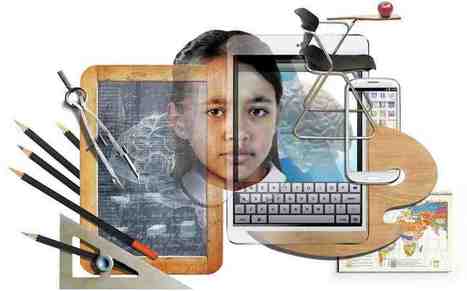One of the most frequently cited reasons for justifying the need for change in education, or at least for labeling education as old-fashioned, is the enormous technological (r)evolution our world has undergone in recent years. Nowadays, we have the Internet in our pocket, in the form of a smartphone, which has exponentially more computing power than the Apollo Guidance Computer that put the first men on the moon! A school with desks, blackboards or whiteboards, and—perish the thought—books seems like some kind of archaic institution, one that, even if it does use a smartboard or a learning platform, operates in a manner that bears a suspiciously strong resemblance to the way things were done in the past. .....
...Myth 5: Young people don’t read anymore.
Of course young people read. They read a lot. As Amelia Hall Sorrell and Peggy F. Hopper explain, teenagers constantly read what is available to them through the different forms of technology that continue to evolve.45 But when people think that young people today read less, it’s not about reading online content or text messages, it’s about reading books.§In 2010, Reader’s Digest in the United Kingdom conducted a survey on the reading habits of some 2,000 adults and 700 children.46 The results revealed that one in five children hardly ever reads a book, one in three never reads a book, and one in 20 has never read a book. These figures support a perception that many people seem to have; namely, that young people and children don’t read anymore, and certainly not for pleasure. But is a survey in a popular monthly magazine a reliable source for such a sweeping claim? ....




 Your new post is loading...
Your new post is loading...








Dit voortreffelijke artikel zet de 21st century skills weer met beide benen op de grond.